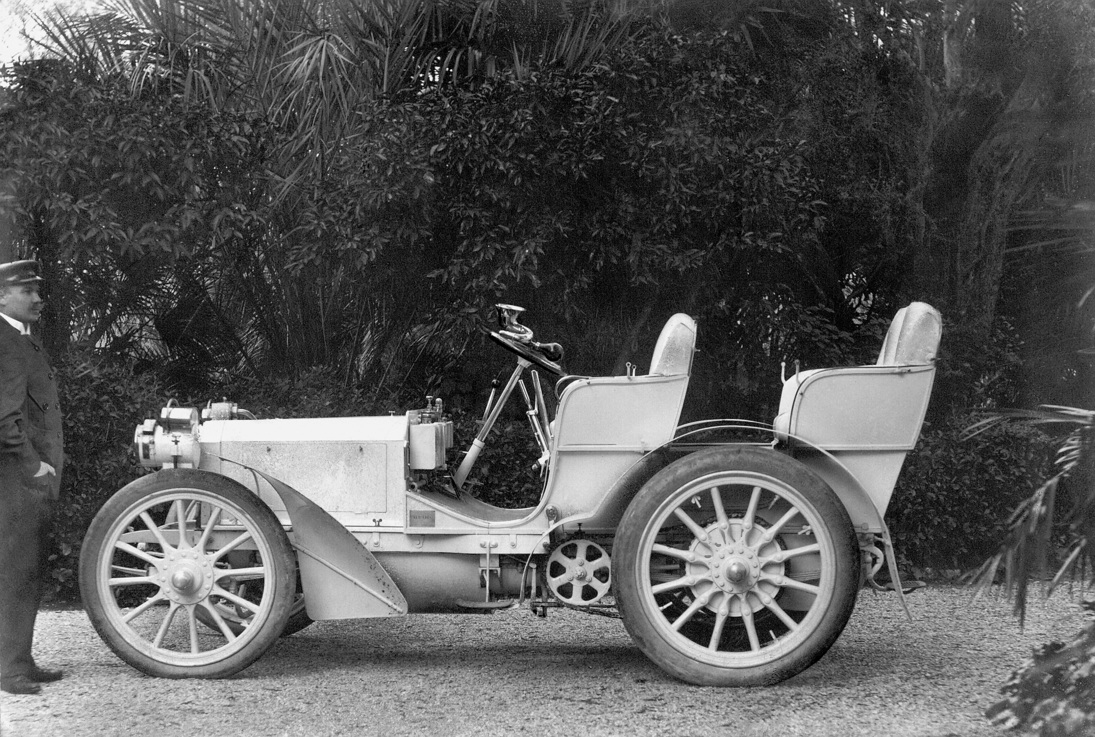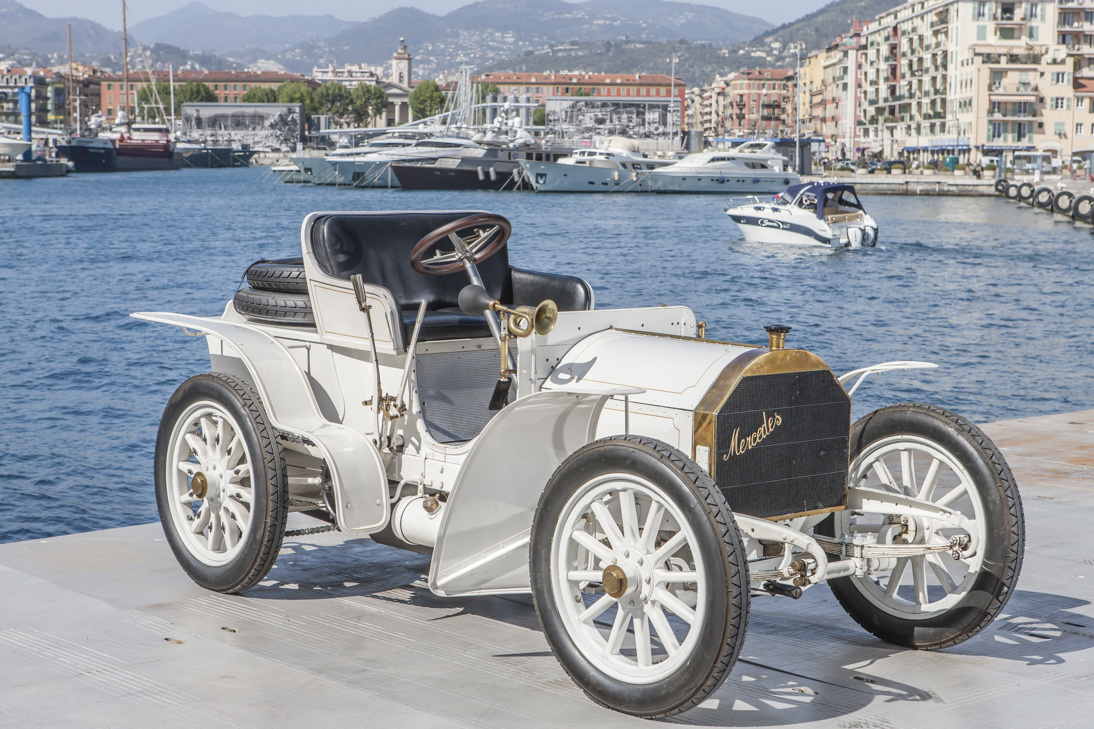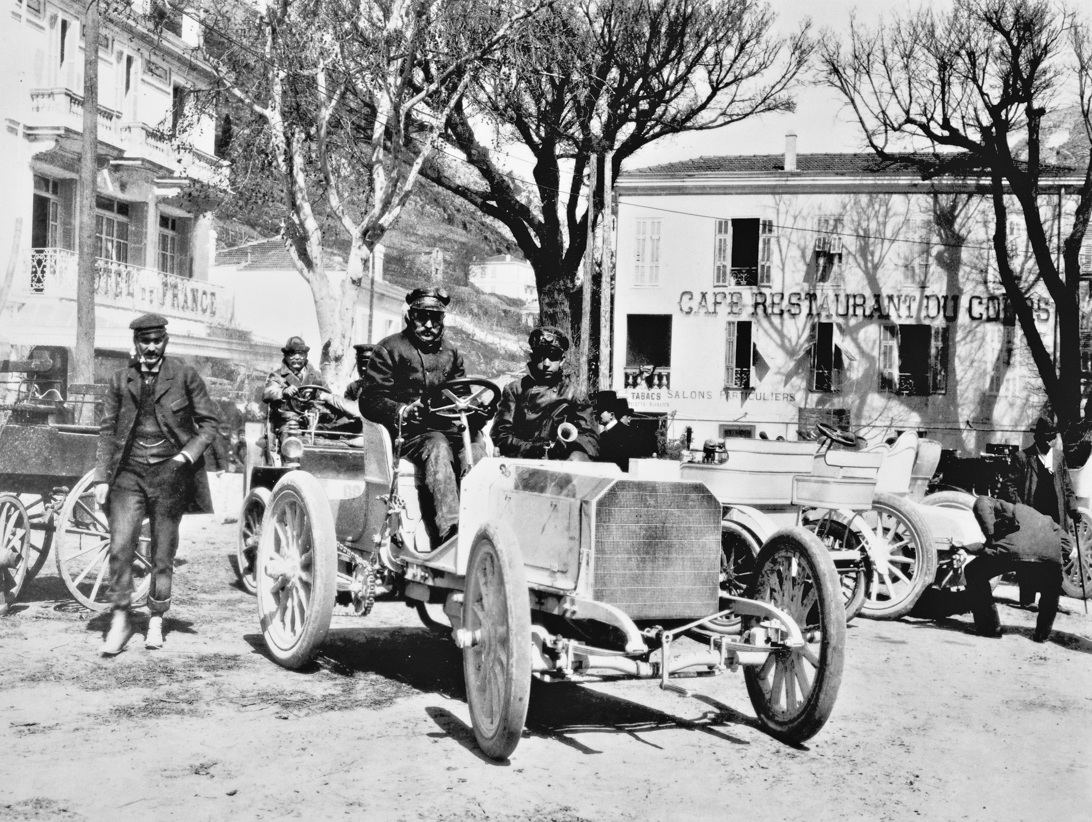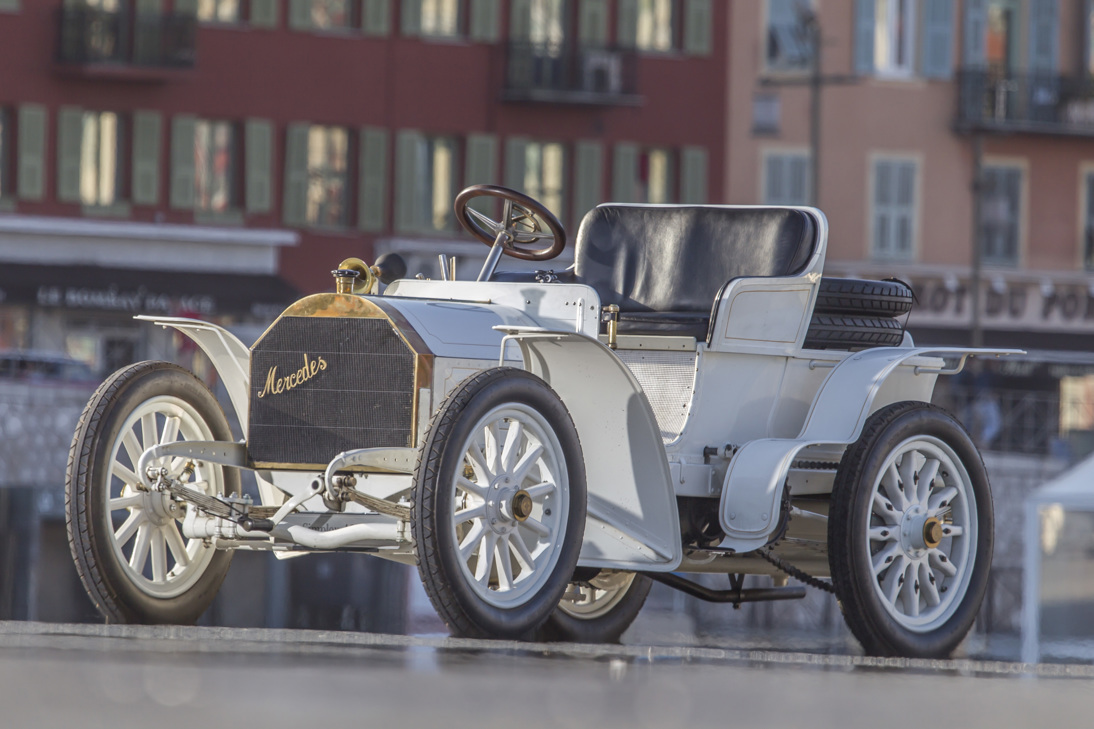- The Mercedes 35 hp from 1900 is regarded as the first fully modern automobile.
- Its 5.9-litre four-cylinder engine produced 25.7kW.
- The model dominated the 1901 Nice Race Week, validating its low-centre-of-gravity design.
Mercedes-Benz is celebrating a rather hefty birthday this month: 125 years since the company delivered what many historians now call the first modern automobile.
The original Mercedes 35 hp rolled out of Daimler-Motoren-Gesellschaft’s Cannstatt workshop on November 22, 1900, laying down the blueprint for every passenger car that followed.
The car that stopped looking like a carriage

The 35 hp didn’t just fiddle around the edges - it threw the rulebook out the window.
Wilhelm Maybach’s team gave it a long wheelbase, wide track, and a surprisingly low centre of gravity for the era, so it behaved more like a machine designed for speed than a horse-drawn carriage with an engine bolted on. Drivers also got an angled steering column and a gearbox with a foot-operated clutch, details that seem ordinary today but were radical in 1900.

Under that upright body sat a 5.9-litre four-cylinder designed by Josef Brauner. Its 25.7kW (35hp) at 950rpm was considered heroic output at the time. Keeping it cool was Maybach’s invention that would shape a century of Mercedes design: the honeycomb radiator. Originally a technical solution, its squared-off face went on to become the brand’s visual signature.
A motoring titan named… Mercédès

The catalyst for all this? Emil Jellinek: businessman, racer and Mercedes’ most influential customer.
After a fatal crash during the 1900 Nice–La Turbie hillclimb involving a Daimler Phoenix 23 hp, Jellinek demanded a safer, faster, more stable machine. He raced under the pseudonym “Mercédès”, the name of his eldest daughter, and soon DMG adopted it as the official badge.

The first 35 hp was delivered to Jellinek in Nice on 22 December 1900, and he wasted no time proving its worth. At the 1901 Race Week in Nice, the car dominated events from the 392km Nice–Salon–Nice race to the daunting climb up La Turbie. Its success cemented Mercedes as the performance benchmark of its era.
From 35 hp to the future-facing GLC

DMG quickly expanded the range in 1901 with the 12/16 hp and 8/11 hp models, followed in 1902 by the Mercedes-Simplex line - named for its comparatively easy operation. That same year, DMG purchased the Untertürkheim site that remains Mercedes-Benz’s main plant today.
A century and a quarter later, the brand is still riffing on that honeycomb heritage. The latest electric GLC carries a modern reinterpretation of the original radiator motif, a quiet visual nod to the machine that started it all.
For a car born before traffic lights, windscreens, or even proper roads, the Mercedes 35 hp effectively began it.













